

Articles
What Does Grass Fertilizer Do
Modified: January 19, 2024
Discover the benefits of grass fertilizer and how it can improve the health and appearance of your lawn. Read informative articles on the importance of fertilizing your grass.
(Many of the links in this article redirect to a specific reviewed product. Your purchase of these products through affiliate links helps to generate commission for Storables.com, at no extra cost. Learn more)
Introduction
Have you ever wondered why some lawns look lush, green, and healthy while others appear dull, patchy, and dry? The secret behind a vibrant and thriving lawn lies in the proper use of grass fertilizer. Grass fertilizer is a key component in maintaining the health and appearance of your lawn, providing essential nutrients that promote growth, color, and resilience.
In this article, we will explore the benefits of using grass fertilizer, the different types available, the key nutrients it contains, and the best methods and timing for its application. Whether you are a seasoned gardener or an aspiring lawn enthusiast, understanding the importance of grass fertilizer is crucial for achieving the lawn of your dreams.
Key Takeaways:
- Grass fertilizer promotes healthy growth, enhances color, increases resilience, improves weed control, and boosts overall lawn health, creating a vibrant and thriving outdoor space.
- Understanding the types, key nutrients, application methods, timing considerations, and common mistakes to avoid ensures effective and beneficial use of grass fertilizer for a lush and resilient lawn.
Read more: What To Do If Fertilizer Burns Grass
Benefits of Grass Fertilizer
Using fertilizer on your grass offers numerous benefits that can transform your lawn from average to exceptional. Here are some key advantages of incorporating grass fertilizer into your lawn care routine:
- Promotes Healthy Growth: Grass fertilizer provides essential nutrients that are crucial for the healthy growth and development of your lawn. These nutrients, such as nitrogen, phosphorus, and potassium, stimulate the production of chlorophyll, which in turn aids in photosynthesis and overall plant growth.
- Enhances Color: Regularly fertilizing your grass can give it a vibrant and lush green color. Fertilizers contain elements like iron and magnesium, which play a significant role in enhancing the natural color of the grass blades and giving your lawn a more visually appealing appearance.
- Increases Resilience: Grass that is properly fertilized is more resistant to disease, pests, and environmental stressors. Fertilizers strengthen the grass roots, making them more resilient to drought, extreme temperatures, and foot traffic. This helps prevent the formation of bare patches and promotes a denser and healthier lawn.
- Improves Weed Control: A healthy and well-fertilized lawn creates dense turf, which makes it difficult for weeds to establish and thrive. Fertilizing your grass helps in crowding out weeds, preventing them from taking over your lawn and ensuring a weed-free environment.
- Enhances Nutrient Deficiencies: Different regions have unique soil characteristics, which may lack or have low levels of certain essential nutrients. Grass fertilizers are tailored to provide the right balance of nutrients needed to overcome soil deficiencies, allowing your lawn to reach its full potential.
- Boosts Overall Lawn Health: By supplying your grass with the necessary nutrients, fertilizers improve the overall health and vigor of your lawn. A healthy lawn not only looks aesthetically pleasing but also reduces soil erosion, improves air quality, and provides a safe and enjoyable space for outdoor activities.
With these remarkable benefits, utilizing grass fertilizer becomes a critical step in maintaining a beautiful and thriving lawn. Whether you have a small back garden or a sprawling lawn, the use of grass fertilizer is a valuable investment towards the long-term health and beauty of your outdoor space.
Types of Grass Fertilizer
When it comes to grass fertilizer, there are various types available in the market. Each type is formulated to cater to specific lawn care needs. Here are the most common types of grass fertilizers:
- Slow-Release Fertilizers: This type of fertilizer releases nutrients gradually over an extended period, providing a steady and consistent supply to the grass. Slow-release fertilizers are convenient as they require fewer applications compared to other types.
- Quick-Release Fertilizers: Quick-release fertilizers provide an instant boost of nutrients to the grass. They are ideal for addressing immediate nutrient deficiencies or revitalizing a lawn that is showing signs of stress or decline.
- Organic Fertilizers: Organic fertilizers are derived from natural sources such as compost, manure, or plant-based materials. They are environmentally friendly and enrich the soil with organic matter, improving soil structure and promoting long-term soil health.
- Synthetic Fertilizers: Synthetic or chemical fertilizers are manufactured using specific ratios of nutrients. They are highly concentrated and provide a quick and precise nutrient supply to the grass. Synthetic fertilizers are widely available and offer a range of nutrient ratios to meet specific lawn requirements.
- Liquid Fertilizers: Liquid fertilizers come in a concentrated liquid form that can be mixed with water and applied through spraying equipment. They are quickly absorbed by the grass, providing a rapid nutrient uptake. Liquid fertilizers are convenient for spot treatments or for lawns that need a quick nutrient boost.
- Granular Fertilizers: Granular fertilizers are solid particles that are spread evenly over the lawn. They release nutrients slowly over time as they break down, providing a continuous supply of nutrition to the grass. Granular fertilizers are easy to apply and are suitable for larger lawn areas.
It’s important to consider your specific lawn care needs, soil conditions, and desired results when choosing a grass fertilizer. Consulting with a professional or conducting a soil test can help determine the most suitable type of fertilizer for your lawn.
Remember, regardless of the type of fertilizer you choose, always follow the manufacturer’s instructions for application rates and safety precautions. Applying the right type and amount of fertilizer will contribute to the overall health and appearance of your lawn.
Key Nutrients in Grass Fertilizer
Grass fertilizers contain essential nutrients that play a vital role in the growth and development of your lawn. Understanding these key nutrients will help you choose the right fertilizer and ensure that your grass receives the necessary elements for optimal health. Here are the primary nutrients found in grass fertilizers:
- Nitrogen (N): Nitrogen is a crucial nutrient for grass as it promotes vigorous growth, leaf development, and overall plant health. It aids in the production of chlorophyll, which is responsible for the green color in the grass blades. Nitrogen also enhances the plant’s ability to use other nutrients effectively.
- Phosphorus (P): Phosphorus is essential for root development, flowering, and seed production in grass. It promotes strong root systems and helps the grass establish itself in the soil. Phosphorus is particularly important during the early stages of grass growth and establishment.
- Potassium (K): Potassium is crucial for overall plant health and resilience. It enhances the grass’s ability to withstand stress, such as drought, disease, and adverse weather conditions. Potassium also plays a role in the regulation of water movement within the plant, maintaining proper cell functioning.
- Secondary Nutrients: In addition to the primary nutrients, grass also benefits from secondary nutrients, including calcium (Ca), magnesium (Mg), and sulfur (S). These nutrients perform essential functions in the grass’s metabolic processes, root development, and overall nutrient absorption.
- Micronutrients: Micronutrients are required in smaller quantities but are equally important for healthy grass growth. These include iron (Fe), manganese (Mn), zinc (Zn), copper (Cu), molybdenum (Mo), and boron (B). Micronutrients enable various enzyme reactions, promote chlorophyll production, and support overall plant health.
It’s important to note that different grass species and soil conditions may require varying nutrient ratios. Conducting a soil test can provide valuable insights into your lawn’s nutrient needs and help you choose a fertilizer with the appropriate nutrient balance.
When selecting a grass fertilizer, look for labels that provide information about the nutrient content, such as the N-P-K ratio (nitrogen-phosphorus-potassium). This ratio indicates the relative amounts of each nutrient present in the fertilizer. Choosing a fertilizer with the right nutrient balance will ensure that your grass receives the optimal nutrients it needs to thrive.
Application Methods for Grass Fertilizer
Proper application of grass fertilizer is essential for maximizing its effectiveness and ensuring even distribution of nutrients throughout your lawn. There are various methods you can use to apply grass fertilizer, depending on the type of fertilizer and the size of your lawn. Here are some common application methods:
- Broadcast Spreading: This method involves using a broadcast spreader to evenly distribute granular fertilizer over the entire lawn. Adjust the spreader settings according to the manufacturer’s instructions to achieve the recommended application rate. Walk in a pattern that covers the entire lawn surface, overlapping slightly to avoid missing any areas.
- Hand Spreading: For smaller lawns or spot treatments, you can apply granular fertilizer by hand. Start by dividing your lawn into smaller sections and apply the fertilizer evenly using a handheld spreader or by broadcasting it by hand. Ensure even coverage by walking in a systematic pattern and adjusting the amount of fertilizer dispersed as needed.
- Spraying: Liquid fertilizers can be applied using a sprayer, which allows for precise targeting of specific areas or spot treatments. Mix the liquid fertilizer with water according to the manufacturer’s instructions and apply evenly, taking care to avoid overspraying. This method is particularly useful for feeding specific areas or correcting nutrient deficiencies quickly.
- Drop Spreading: A drop spreader is a specialized tool that drops granular fertilizer directly beneath the spreader as you walk, resulting in a more controlled and targeted application. This method is ideal for smaller lawns, narrow areas, or when applying fertilizer near sensitive plants or gardens where accuracy is important.
- Aerial Application: Aerial application is typically used for large-scale areas such as sports fields or commercial lawns. It involves using aircraft or specialized equipment to distribute fertilizer granules or liquid over the designated area. Aerial application should be performed by licensed professionals to ensure safety and proper application.
When applying grass fertilizer, it’s crucial to follow the recommended application rates specified on the product label. Applying too much fertilizer can lead to nutrient burn and damage to the grass, while using too little may result in ineffective feeding. Additionally, it’s advisable to fertilize when the grass is dry to avoid clumping and ensure even distribution.
Remember to read and follow all safety precautions and guidelines provided by the fertilizer manufacturer. This includes wearing protective clothing and equipment, avoiding contact with skin or eyes, and keeping children and pets away from the treated area until the fertilizer has been watered in or absorbed by the grass.
By utilizing the appropriate application method and following proper guidelines, you can ensure that your grass receives the necessary nutrients in a consistent and efficient manner, leading to a healthier and more vibrant lawn.
Grass fertilizer provides essential nutrients like nitrogen, phosphorus, and potassium to promote healthy growth, strong roots, and vibrant green color. It also helps improve resistance to disease and environmental stress.
Read more: What Does Plant Fertilizer Do
Timing of Grass Fertilizer Application
Timing plays a crucial role in the success of grass fertilizer application. Applying fertilizer at the right time ensures that your grass receives the nutrients it needs when it can make the most use of them. The timing of fertilizer application can vary depending on factors such as grass type, climate, and the specific needs of your lawn. Here are some general guidelines to consider:
- Early Spring: The beginning of spring is an ideal time to apply fertilizer, especially for cool-season grasses like Kentucky bluegrass, fescue, and ryegrass. As the soil temperature starts to rise, fertilizing in early spring promotes early green-up and helps the grass recover from winter dormancy. This application strengthens the grass and prepares it for optimal growth in the coming months.
- Late Spring: A second application of fertilizer is typically done in late spring, around 6 to 8 weeks after the initial application. This helps maintain the grass’s color and vigor as it enters the active growing phase. However, be cautious not to apply fertilizer too late in the spring, as it can promote excessive top growth at the expense of root development.
- Summer: Fertilizing in the summer can be done for warm-season grasses, such as Bermuda grass, Zoysia grass, and St. Augustine grass. Apply fertilizer during the early to mid-summer when the grass is actively growing. This provides additional nutrients to sustain its growth and maintains its lush green color during the hot summer months.
- Fall: Fall is a critical time for fertilizing cool-season grasses. Applying fertilizer in late summer or early fall promotes root growth and helps the grass recover from summer stress. The nutrients supplied during this period also support the grass’s ability to store energy and establish strong roots before winter arrives.
- Avoid Fertilizing in Extreme Weather: It’s important to avoid fertilizing when the weather is extremely hot and dry or during periods of heavy rain. Extreme weather conditions can diminish the effectiveness of fertilizer, and it may wash away without being absorbed by the grass. Apply fertilizer when the weather is moderate and there is a good chance of rainfall or when you can supplement with irrigation.
Keep in mind that these are general guidelines, and the timing may vary depending on your specific geographic location and the condition of your lawn. It can be beneficial to consult with a local lawn care expert or cooperative extension service to determine the optimal timing for fertilizer application in your area.
By following the recommended timing for fertilizer application, you can ensure that your grass receives the nutrients it needs at the right time, resulting in a healthier, greener, and more resilient lawn throughout the year.
Common Mistakes to Avoid when Using Grass Fertilizer
Fertilizing your grass is a crucial step in maintaining a healthy and vibrant lawn. However, there are common mistakes that homeowners often make when using grass fertilizer that can hinder its effectiveness or even damage the grass. Here are some key mistakes to avoid:
- Over-fertilization: Applying too much fertilizer can result in nutrient burn, which causes yellowing or browning of the grass and can even kill it. Always follow the recommended application rates specified on the fertilizer packaging and avoid the temptation of applying more, thinking it will provide better results.
- Under-fertilization: On the other hand, under-fertilizing your grass may not provide it with sufficient nutrients for optimal growth. This can lead to weak, sparse, and unappealing-looking grass. Be sure to apply fertilizer at the recommended rates and frequencies to ensure your grass receives adequate nutrition.
- Incorrect Nutrient Ratio: Different grass species and soil conditions require different nutrient ratios. Using the wrong ratio can result in imbalances, affecting the overall health and appearance of your lawn. Conducting a soil test or seeking professional advice can help you determine the appropriate nutrient ratio for your specific grass type and soil conditions.
- Applying Fertilizer on Wet Grass: Applying fertilizer on wet grass can lead to uneven distribution and clumping. The granules may stick together or adhere to the blades of grass, making it difficult for the nutrients to penetrate the soil. Always apply fertilizer to dry grass and water it in afterward to ensure proper absorption.
- Failure to Water in the Fertilizer: Watering your lawn after applying fertilizer is essential to activate the nutrients and ensure they reach the root zone. Skipping this step can result in ineffective nutrient uptake by the grass and can even lead to nutrient leaching, where the nutrients are washed away before they can be absorbed.
- Misapplication near Water Sources: Be cautious when applying fertilizer near water sources such as ponds, rivers, or storm drains. Excessive fertilizer runoff can contribute to water pollution and harm aquatic life. Follow proper application guidelines and maintain a buffer zone between the fertilizer application area and water bodies.
- Using the Wrong Type of Fertilizer: Using the wrong type of fertilizer can have negative effects on your lawn. Each fertilizer product is formulated to meet specific lawn care needs. Ensure you choose a fertilizer that suits your grass type, soil conditions, and the specific goals you want to achieve for your lawn.
By avoiding these common mistakes and following proper guidelines for fertilizer application, you can ensure that your grass receives the right amount of nutrients at the appropriate times, resulting in a healthy, vibrant, and thriving lawn.
Signs of Overusing Grass Fertilizer
While fertilizing your grass is essential for its health and vitality, it’s important to avoid overusing fertilizer. Applying excessive amounts of fertilizer can have negative consequences for your lawn and may lead to various issues. Here are some signs to watch out for that indicate you may be overusing grass fertilizer:
- Burnt or Yellowing Grass: Over-fertilization can cause the grass blades to turn yellow or brown, resembling burn marks. This occurs when the high concentration of nutrients in the soil damages the grass roots and disrupts the balance of water uptake. The grass may appear wilted or have a scorched appearance.
- Rapid Top Growth: Excessive fertilizer can lead to rapid and excessive top growth of the grass. While this may seem desirable at first, it can weaken the grass structure and result in longer, thinner blades that are more prone to disease, pests, and environmental stress.
- Increased Weed Growth: Over-fertilized lawns often experience an increase in weed growth. The excessive nutrients can help weeds thrive, overpowering the grass and leading to a weed-infested lawn. If you notice a sudden influx of weeds, it may be a sign that you are overusing fertilizer.
- Excessive Thatch Buildup: Thatch is a layer of dead grass stems, roots, and debris that accumulates at the base of the grass. Over-fertilization can accelerate thatch buildup, creating a thick layer that hinders nutrient absorption and water penetration, potentially suffocating the grass roots.
- Environmental Impact: Overuse of fertilizer can have negative environmental consequences. Excess nutrients can leach into nearby water bodies, leading to water pollution and harmful algal blooms. It’s important to be mindful of the environmental impact and use fertilizers responsibly, following recommended application rates.
- Increased Pest and Disease Susceptibility: Grass that is over-fertilized becomes more susceptible to pest infestations and diseases. The rapid growth and weakened grass structure make it easier for pests like grubs and chinch bugs to attack the grass, while nutrient imbalances can make the grass more vulnerable to fungal infections.
- Unbalanced Nutrient Levels: Overusing fertilizer can disrupt the natural nutrient balance in the soil. Excessive levels of certain nutrients can interfere with the absorption and availability of other essential elements, leading to nutrient imbalances that negatively impact the overall health and growth of the grass.
If you observe any of these signs on your lawn, it is important to take corrective measures. To mitigate the effects of over-fertilization, it is advisable to water the lawn consistently to encourage nutrient leaching and promote dilution of excessive nutrients. Additionally, adjusting your fertilizer application habits to follow recommended rates and schedules will help prevent further issues.
Remember, it’s better to slightly under-fertilize than to over-fertilize. By carefully monitoring your lawn and adjusting your fertilization practices accordingly, you can maintain a healthy and thriving lawn while avoiding the problems associated with overusing grass fertilizer.
Conclusion
Grass fertilizer plays a vital role in creating a beautiful, healthy, and resilient lawn. Understanding the benefits of grass fertilizer and how to use it effectively is crucial for achieving optimal results. By providing essential nutrients, grass fertilizer promotes healthy growth, enhances color, increases resilience, improves weed control, and boosts overall lawn health.
When choosing a grass fertilizer, consider the different types available, such as slow-release or quick-release fertilizers, organic or synthetic options, and liquid or granular formulations. Ensure the fertilizer contains key nutrients like nitrogen, phosphorus, potassium, secondary nutrients, and micronutrients to support the specific needs of your grass and soil conditions.
Applying grass fertilizer correctly is equally important. Whether using broadcasting, hand spreading, spraying, or drop spreading methods, ensure even distribution and follow the recommended application rates and timings. Watering the grass after fertilization aids in nutrient absorption and activation.
Avoid common mistakes such as over-fertilization, under-fertilization, using the wrong nutrient ratio, applying fertilizer on wet grass, and misapplication near water sources. These mistakes can lead to burnt or yellowing grass, rapid top growth, increased weed growth, thatch buildup, environmental impact, increased pest and disease susceptibility, and unbalanced nutrient levels.
In conclusion, grass fertilizer is an essential tool for maintaining the health and beauty of your lawn. By understanding the benefits, types, key nutrients, application methods, timing considerations, and common mistakes to avoid, you can confidently and effectively use grass fertilizer to achieve a vibrant, lush, and thriving lawn that enhances the overall aesthetic appeal and enjoyment of your outdoor space.
Frequently Asked Questions about What Does Grass Fertilizer Do
Was this page helpful?
At Storables.com, we guarantee accurate and reliable information. Our content, validated by Expert Board Contributors, is crafted following stringent Editorial Policies. We're committed to providing you with well-researched, expert-backed insights for all your informational needs.
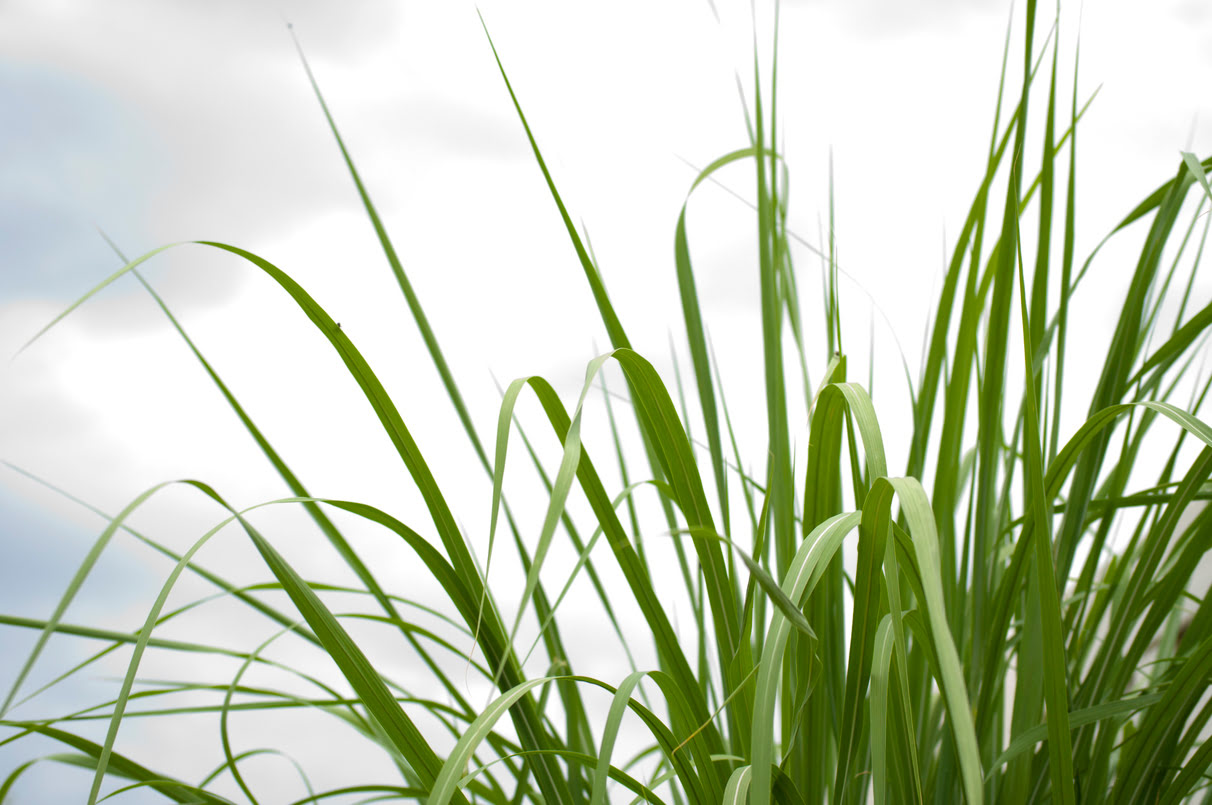
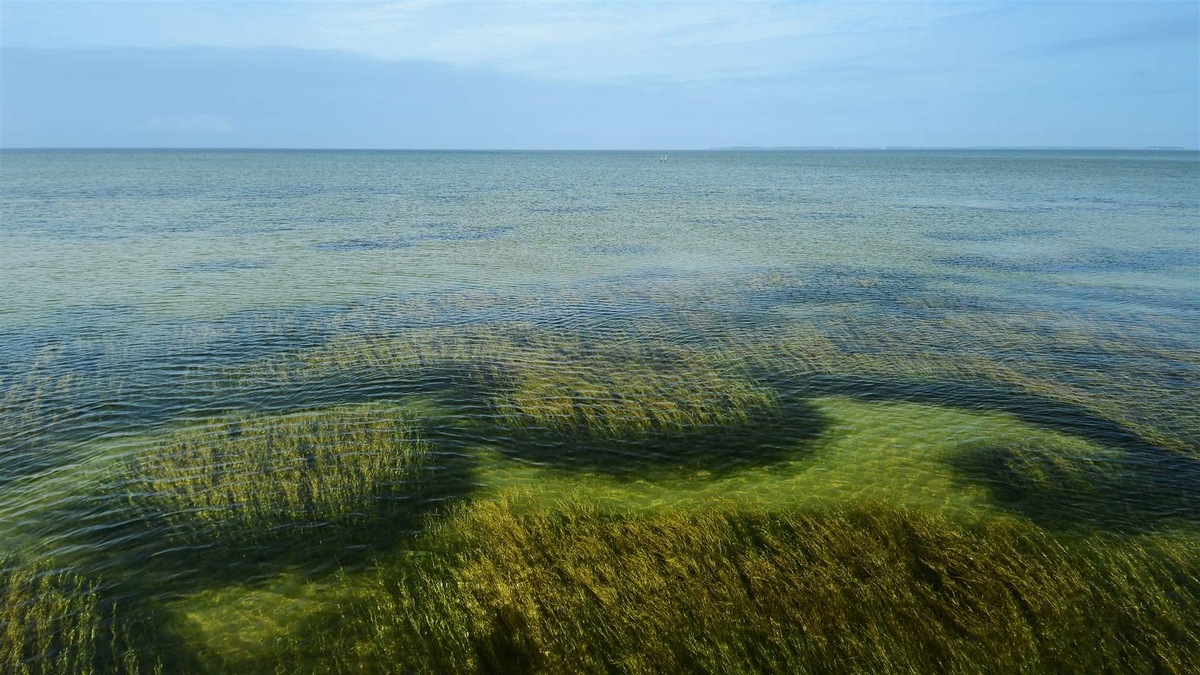

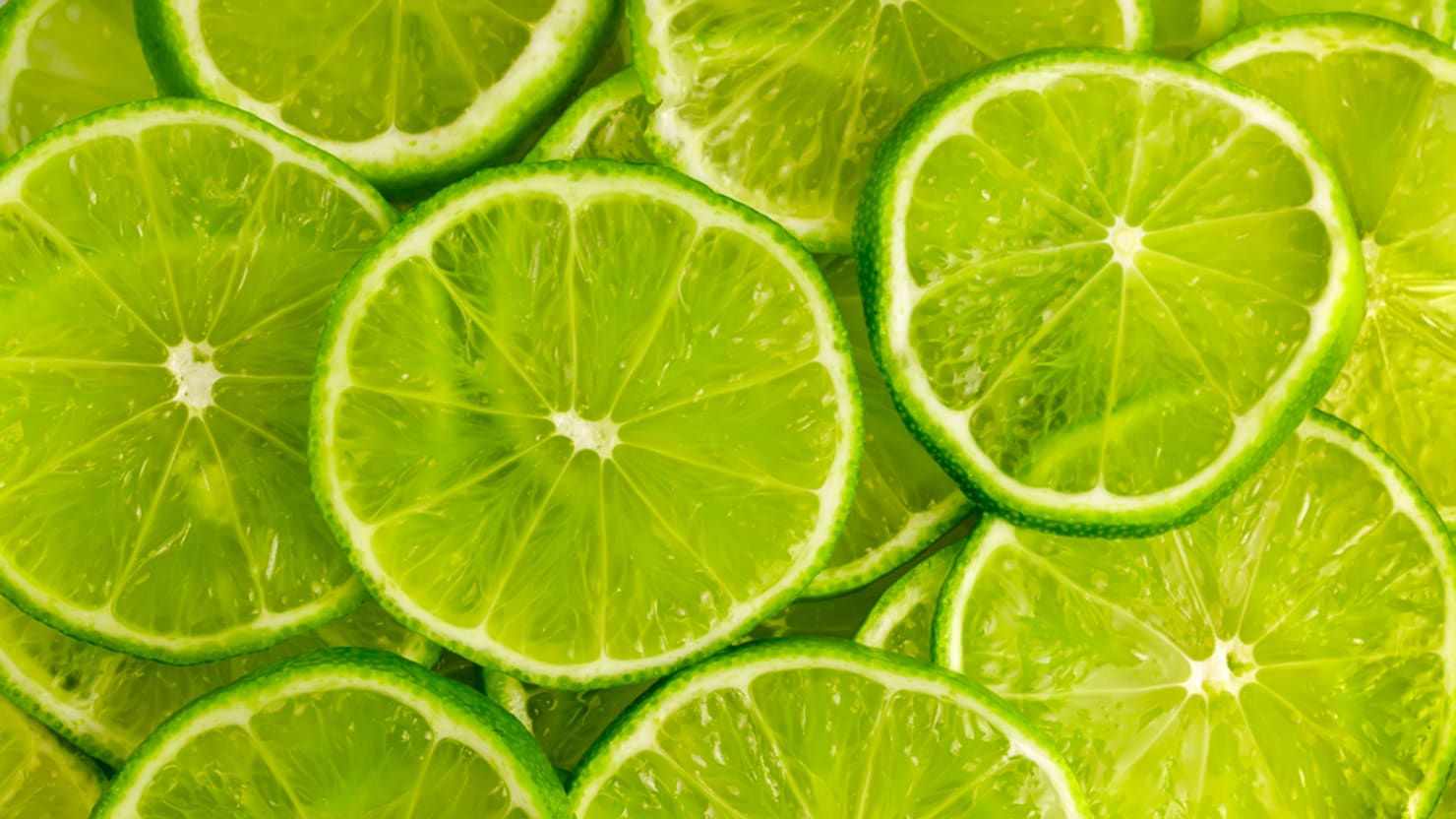
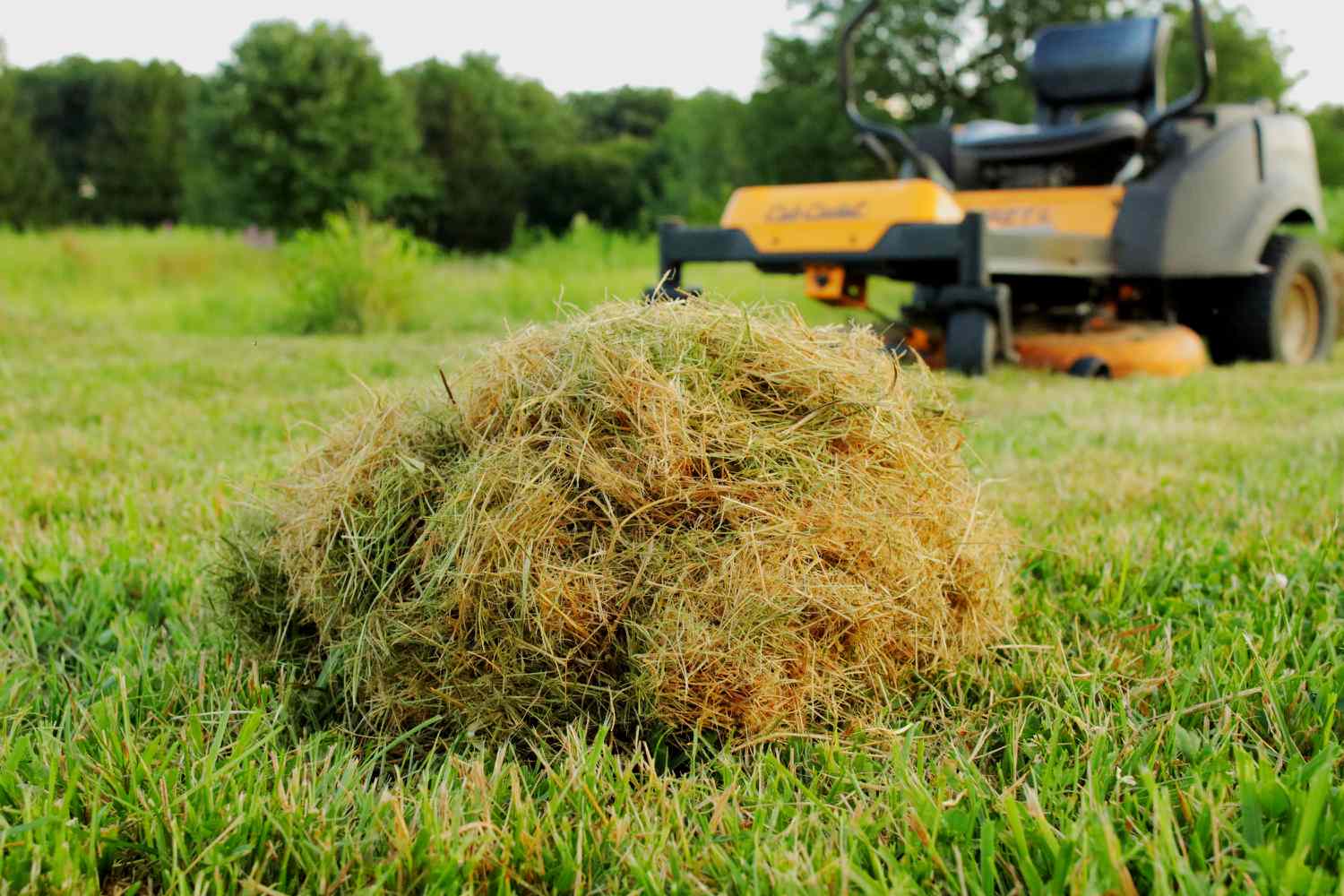
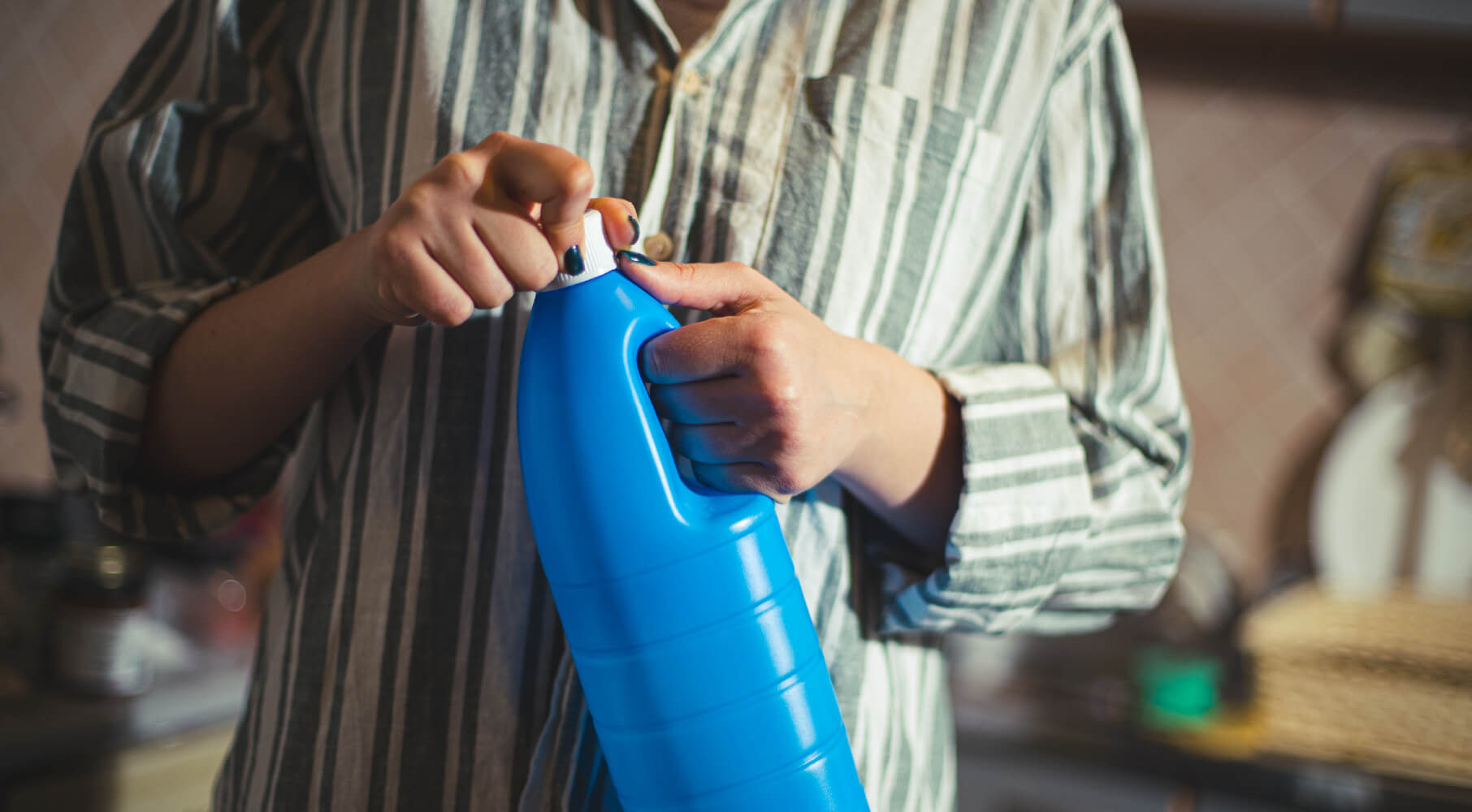
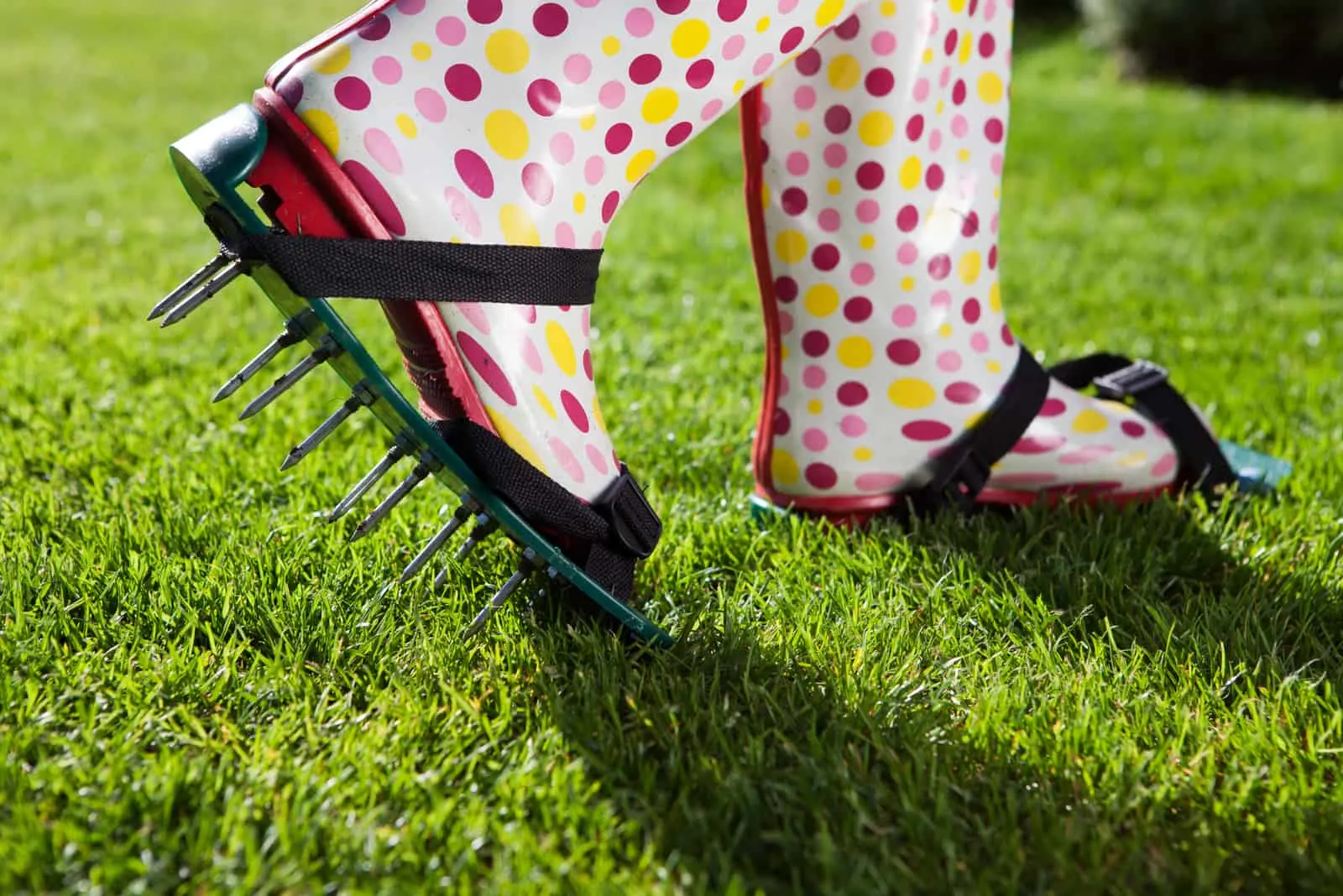
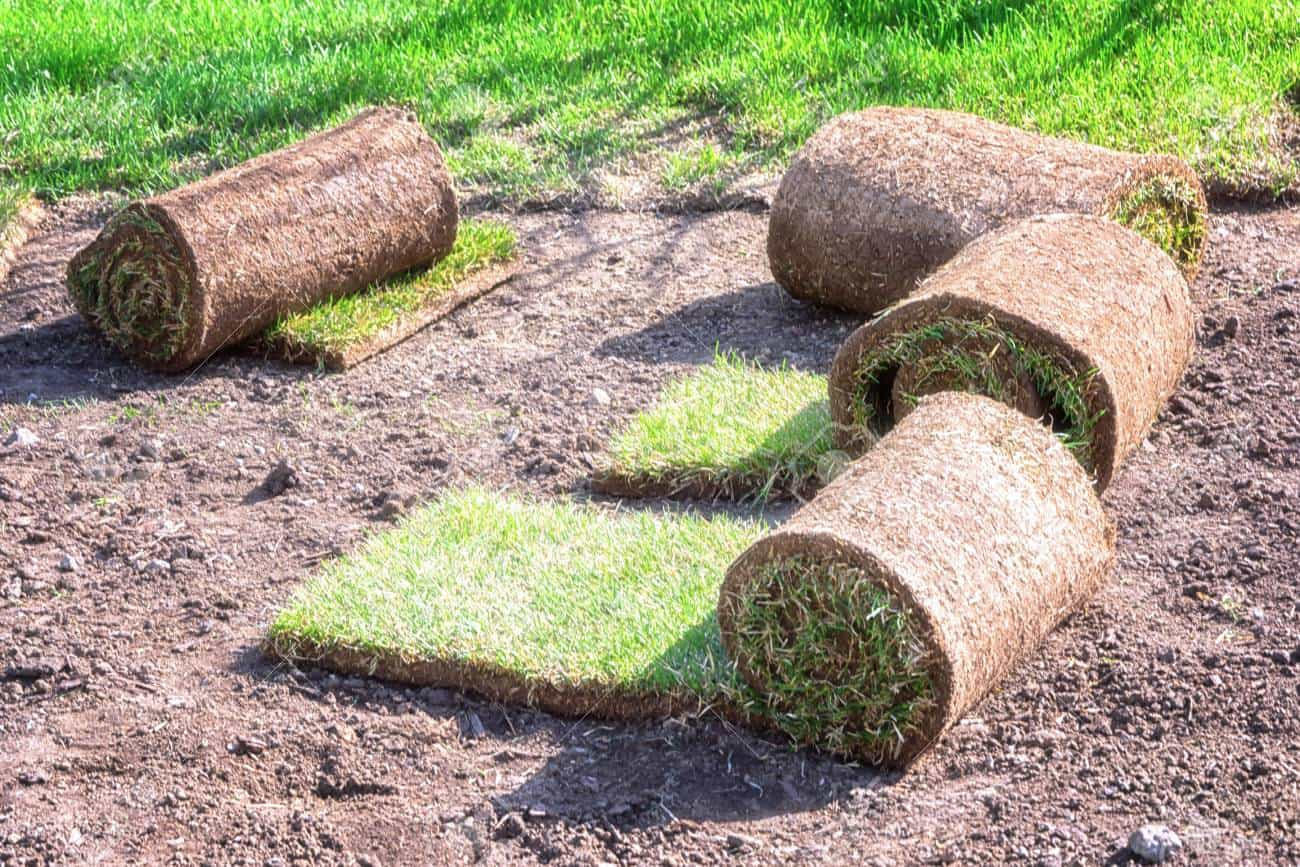
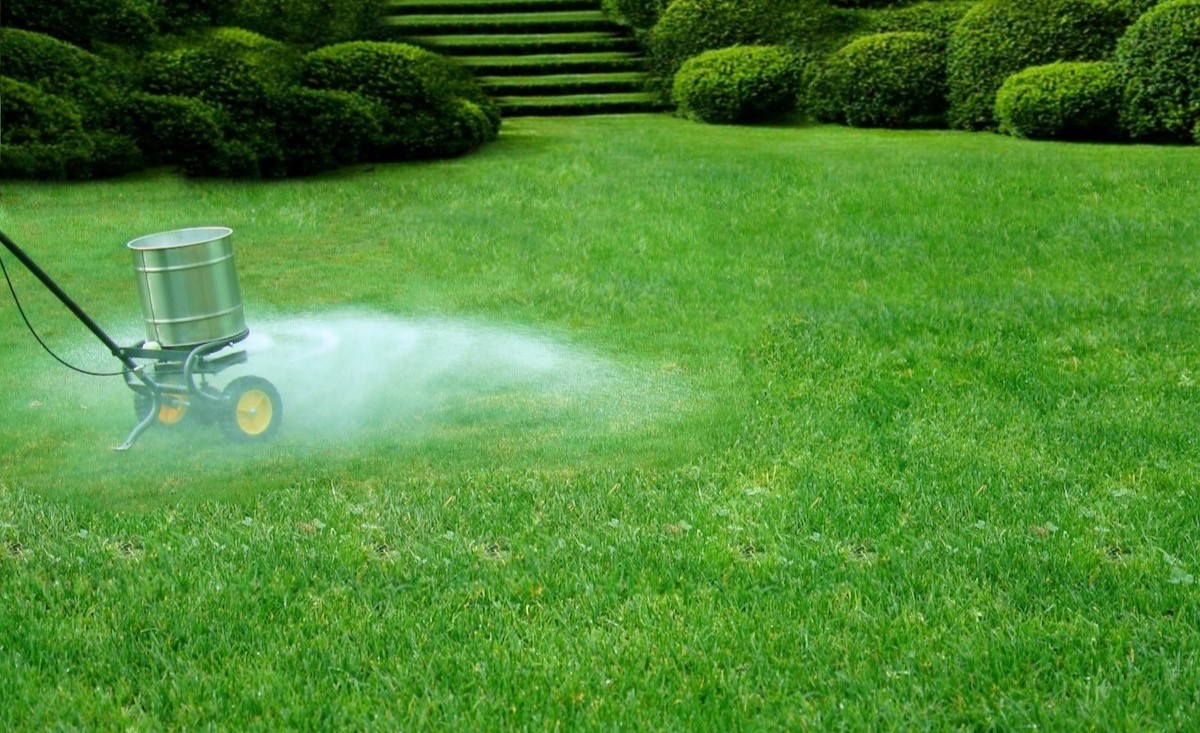
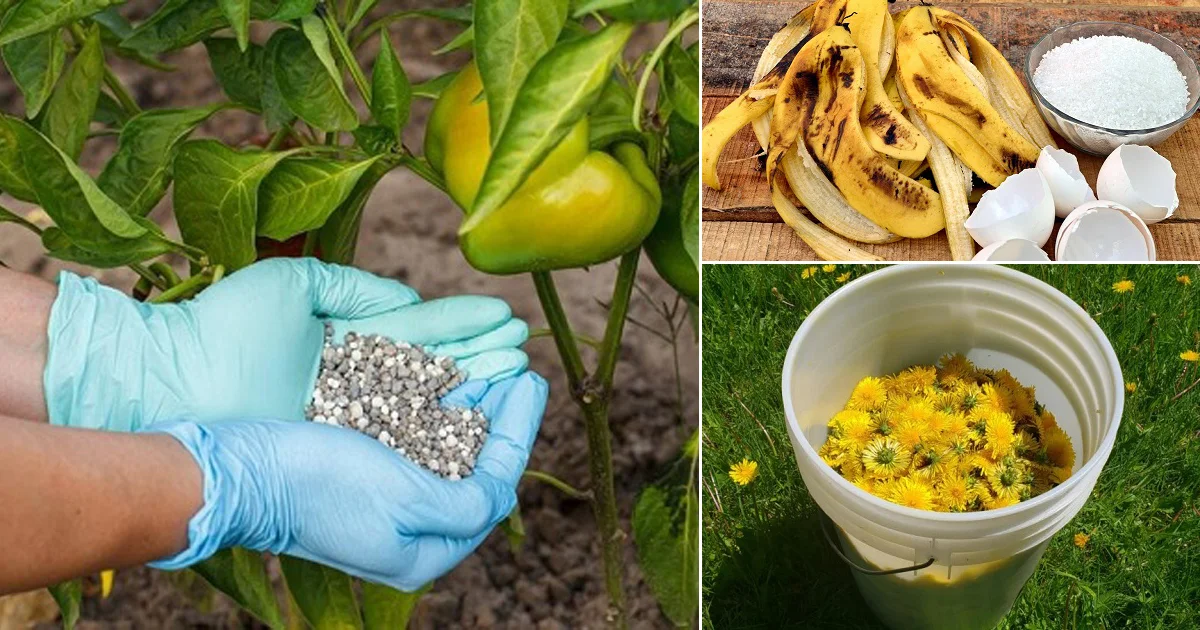
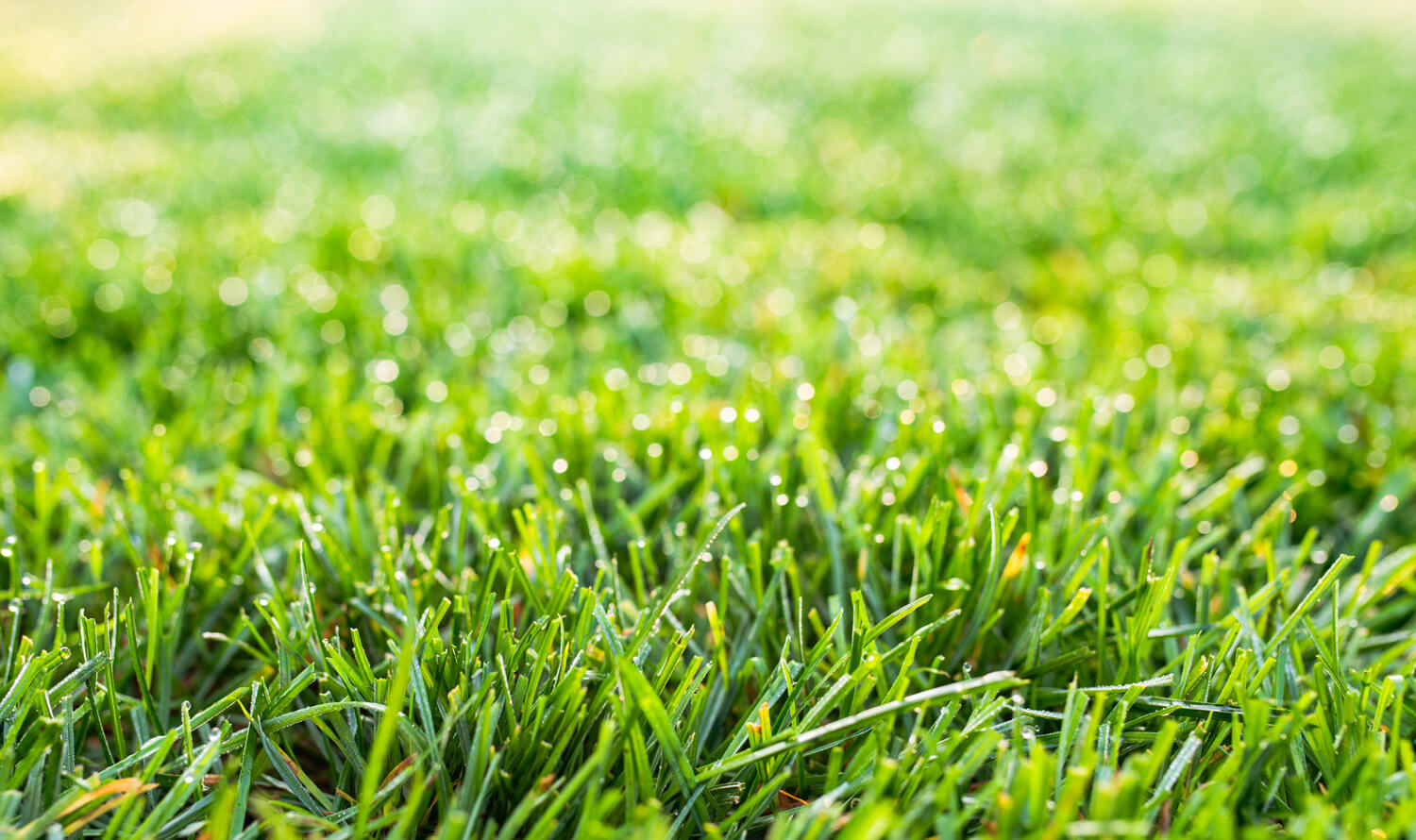
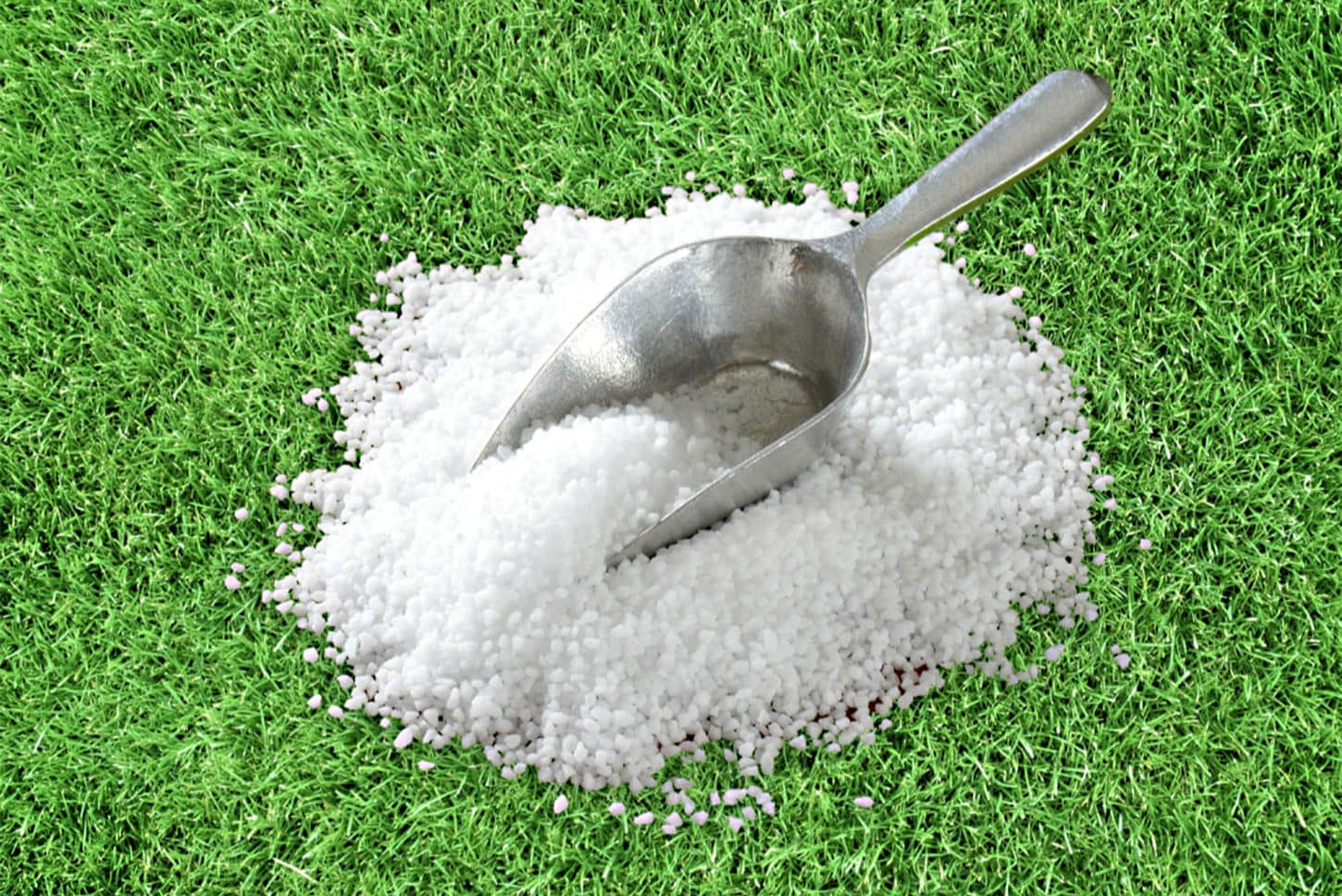
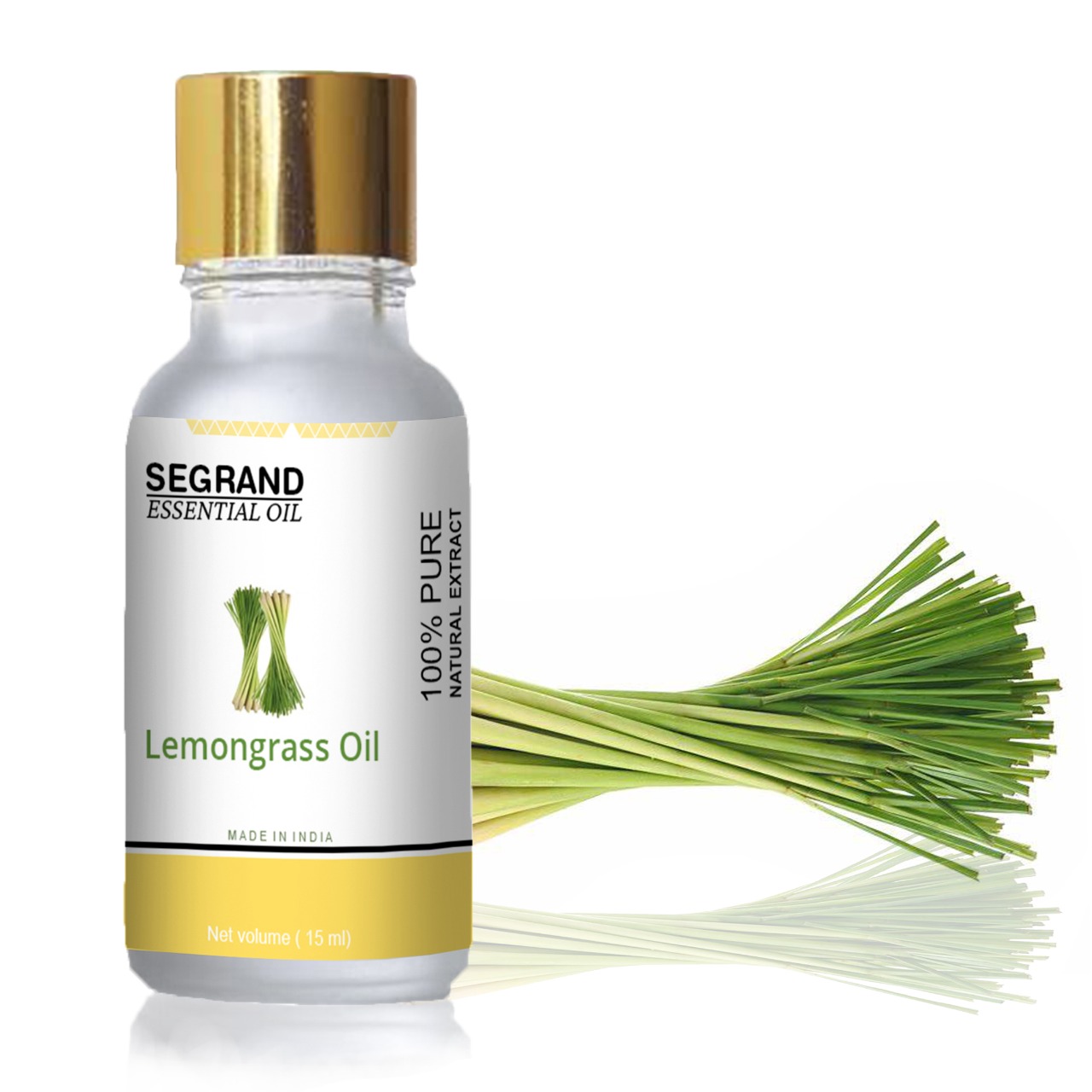
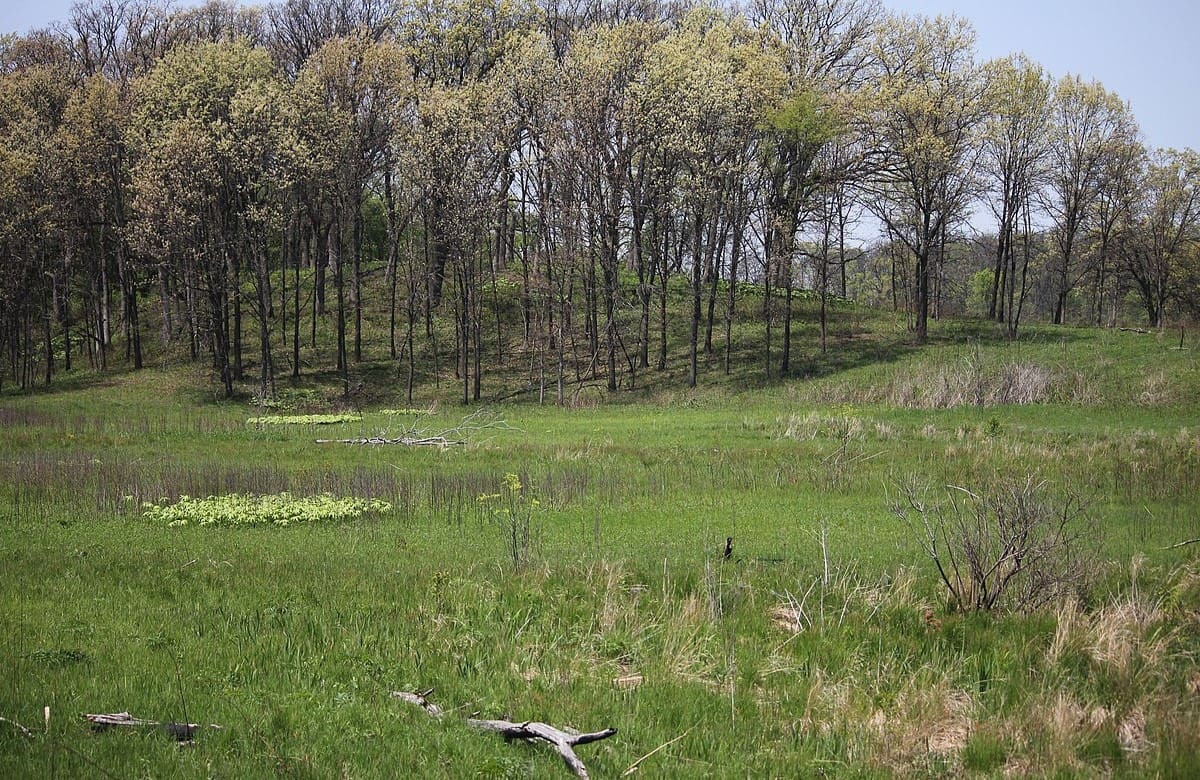

0 thoughts on “What Does Grass Fertilizer Do”